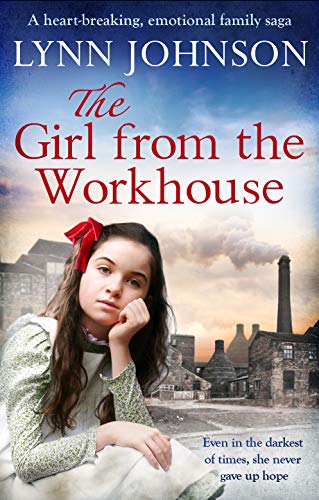The Girl From the Workhouse
The Potteries, Staffordshire, in 1911: Ginnie Jones’s father’s sight is failing and he cannot work, so she is sent to Haddon Workhouse. Conditions have changed since Oliver Twist days, and though their existence is spartan, the workhouse children are in a rudimentary way schooled, albeit mocked by their classmates who live on the outside. Fellow inmates Clara and Sam keep her going, as later, so does an unexpected and life-changing friendship with the well-heeled and ideals-driven Connie.
Three years later, her sister Mabel takes Ginnie out of the workhouse to live with her, but more from self-interest than affection. Still a child, Ginnie becomes Mabel’s skivvy and another source of income for the household, working as a mould runner at Chamberlain’s pottery. Ginnie’s world is meticulously described – and has evidently been thoroughly researched without this weighing down the narrative – from the cramped interiors in which she lives, dodging the attentions of her brother-in-law, to the heat, dust and exhaustion of her job: this might be Arnold Bennett’s geography, but Ginnie inhabits a world far from his comfortable drawing-rooms.
The novel is intriguingly constructed, switching between the younger Ginnie’s workhouse life, told in the present tense, and her working life outside, told in the past, the two strands ultimately merging seamlessly together in the story of Ginnie and Sam’s growing love and the build-up to the cataclysm of the Great War. What this book is not is a rags-to-riches cliché; rather, it is the coming of age of an attractive and resilient heroine who finds contentment and fulfilment. After reading it I looked again at my modest collection of Staffordshire transferware with renewed respect for the people who made them.










